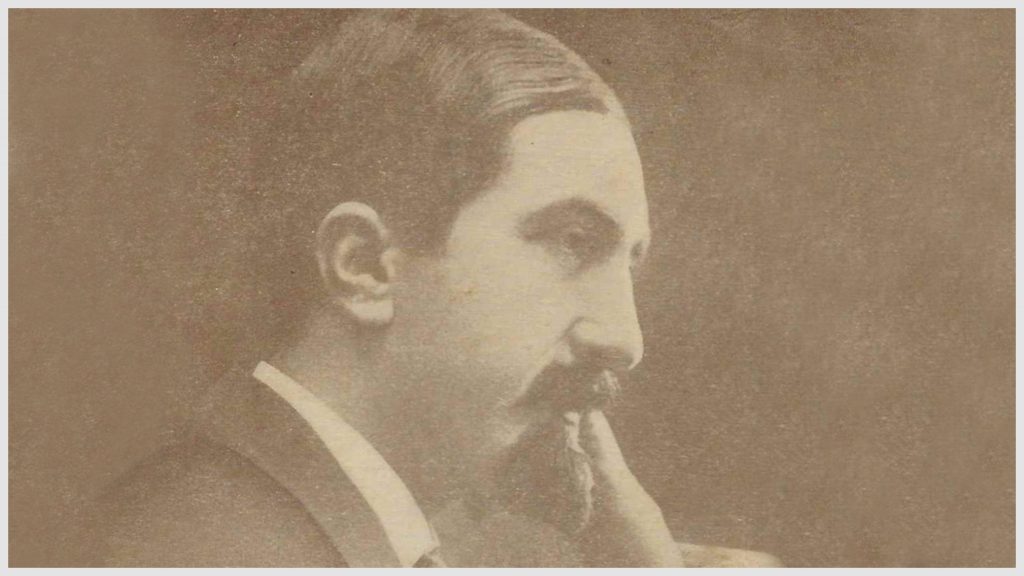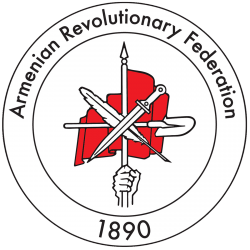Adom Yarjanian - Siamanto
 15 August , 2019 -
15 August , 2019 -
Born in Agn, on the shores of the Euphrates, Yarjanian received his preliminary education in the town’s Nersisian School under the guidance of Bishop Karekin Srvantsdiants, who recognized his literary talents and gave him the pen-name Siamanto.
He left for Constantinople in 1892 with his father, who was a merchant, and continued his studies at the Mirijanian School at Kum Kapu and the Berberian School at Scutari (Üsküdar). After the 1895–1896 Hamidian massacres, fleeing the stifling atmosphere in Constantinople, he headed to Greece, then Egypt.
In 1897, Siamanto left for Europe to continue his studies, staying for a time in Geneva, then to Paris, where he studied literature at the Sorbonne for three years. While in Europe, he contributed to Droshak and produced some of his best poetry. He published his first volume, Tiutsaznoren (Like the Children of Gods), in 1901–02 in Paris. Four more were published during his years in Europe.
In 1909, after the declaration of the Ottoman Constitution of 1908, Siamanto returned to Constantinople, where he wrote for Azatamart and published Garmir Lourer Paregames (Red News From My Friend).
In December 1909 he was sent to the United States as an ARF fieldworker and to assume the editorship of the Hairenik daily. There, in 1910, Siamanto published Hayreni Hraver (Invitation From the Homeland), as well as his complete works, which he edited.
In 1911, he returned to Constantinople via London and Paris, and continued his literary and political activities. On the 1500th anniversary of the founding of the Armenian alphabet, in 1913, he published his last volume, Mesrob Mashtots, in Constantinople.
The same year, he traveled with the retinue transporting ARF founder Simon Zavarian’s casket to Tiflis. He traveled throughout the Transcaucasus, meeting with his Eastern Armenian contemporaries.
He later returned to Constantinople. Arrested in 1915, Siamanto was among the first victims of the Genocide. He was 37 years old.
